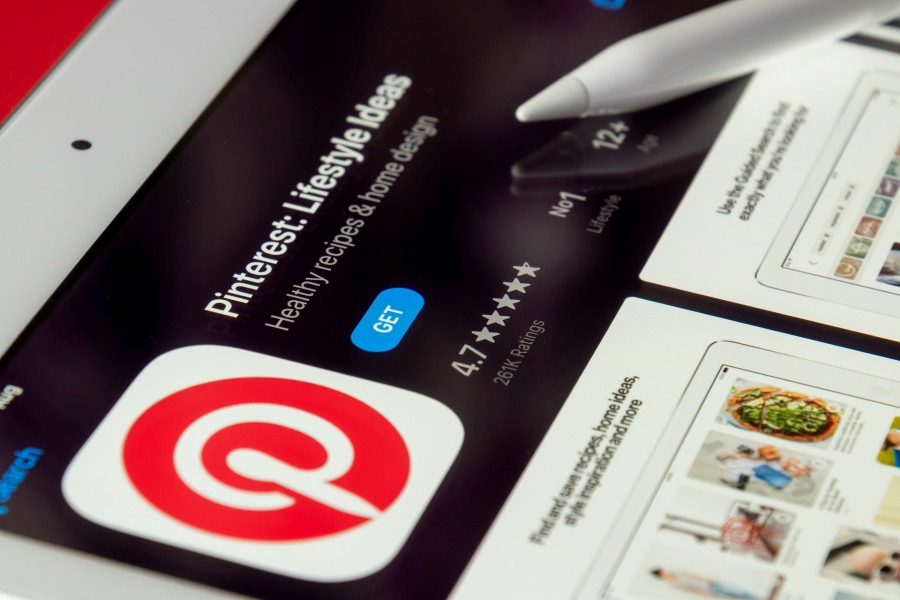
Where should you spend your precious ad dollars? It’s probably the most common question in advertising, and it’s virtually impossible to answer – at least in one sentence. The fact is, the success of your advertising strategy depends on several factors besides the financial ones: your brand, your target audience, and your creative, to name a few. Another factor is having the right media mix.
Embracing the media mix isn’t just about blasting a one-size-fits-all message through whatever avenues you can. Instead, it’s about strategically constructing a web of messaging and engagement that allows the right audience to seamlessly follow your brand wherever they are, from TV to the web to their mobile phones. It’s important to make calculated decisions about what channels will work best for you based on your brand and, yes, your budget.
In this blog, we’ll take you through the available media avenues and leave you with some tips on choosing the right media mix for your company and product.
Your Media Mix Options
Television
While TV viewing habits may be changing, TV advertising can still be majorly effective. If you’re targeting populations that still watch broadcast and cable TV, you can get high ROI with the right TV ads.
Pros: Moving images can tell stories and drive deeper engagement with your brand. Both local and broadcast TV lets you target audiences geographically and psychographically while still offering a wide reach.
Cons: Broadcast TV is one of the most expensive forms of advertising, while cable TV can limit your audience.
Radio
While radio advertising doesn’t provide the same targeting abilities as TV, it’s one of the most cost-effective options for both small and large businesses depending on your product or service.
Pros: Radio advertising is an affordable option with a relatively high ROI. You can reach wide audiences right where they are.
Cons: If you’re selling to a niche market, radio has slightly lower targeting capabilities than TV.
Outdoor
Outdoor advertising is perfect for reaching a wide audience for a relatively low cost. A billboard can communicate a snappy message quickly, easily, and effectively. To see for yourself, take a look at how a single word went viral in the Love On Every Billboard campaign, which Bloom Ads helped develop.
Pros: Outdoor marketing can be affordable and wide-reaching.
Cons: Messages have to be incredibly concise because you’re limited to short messages and a static image.
Print advertising may be a traditional form of advertising, but it’s still thriving. Newspaper ads, magazine ads, yellow pages, and more let you reach highly specific audiences with eye-catching design and concise messaging.
Pros: Newspaper readers can be customers with high purchase intent, while magazines offer specificity for brands selling niche products and services.
Cons: Print can be costly, and your design and ad copy must be punchy.
Sponsorships and Endorsements
A partnership with a high-profile company or an endorsement from a celebrity or athlete can shoot your brand into the awareness of the people who matter most. Sports player and celebrity endorsements, in-stadium marketing opportunities, celebrity/athlete on-site appearances, and TV/radio or print presence can add value to your media mix.
Pros: Sponsorships and endorsements can add a high dose of name recognition to your marketing efforts, which can be especially useful for small or growing companies.
Cons: To avoid off-brand messaging or even offensive partnerships, make sure your values and messaging match up well with your sponsor or celebrity endorser.
Digital and Mobile Advertising
Digital and mobile-first marketing are here to stay, and while traditional advertising is still thriving, some brands can’t get by without going digital too. Digital advertising is a broad field with many distinct but interrelated subfields, including:
- SEO
- Content Marketing
- SEM/PPC (Paid Search)
- Social media (Paid and Organic)
- Local search
- Mobile search
- Email marketing
- Reviews and directories – Yelp, Google My Business, etc.
- Answering questions on Quora
As you can see, digital marketing spans the super-technical, like web design, all the way to the age-old question-and-answer format. Paid search and social media ads function almost like virtual billboards or print ads, while SEO and content marketing focus on building a brand’s credibility and authority online. Meanwhile, social media can help brands reach highly targeted audiences at low costs.
Digital marketing thus includes many different opportunities and channels at a wide range of price points. While a strong digital strategy is a coherent one, with all digital campaigns working in conjunction with one another, not all brands need to use all types of digital marketing. The size of your company and budget, where your company is in its life cycle, and the type of product or service you offer all determine what digital channels are best for you.
How to Choose the Right Media Channels
Successful media planning is all about coming up with a calculated strategy for reaching the right people with the right message at the right time – without going over budget, of course. Yet there’s no easy formula for knowing exactly what results you’ll get for a certain amount of ad spend. The best way to chart your path across the marketing landscape is to make some honest considerations about your product and brand.
- Budget carefully. Figure out how much money you’re working with. This will help you narrow down and prioritize the channels that will give you the best ROI.
- But know that just spending lots of money won’t automatically bring high results. The most important factor weighing on your campaign is the message. Invest in good branding and writing so that your ads have substance.
- Understand and define your product, brand, and value proposition. This will help you craft a message that speaks to who you are.
- Know your audience. Know not just who they are and where they shop, but also what they value so that your message reflects those same values.
- Know where your competitors are advertising. This can give you an indication of where you yourself may get the best ROI.
- Set realistic goals and then measure them. There’s no better way to refine your marketing strategy than by monitoring your results and implementing the findings on future campaigns.
The marketing landscape is a dynamic one, always changing with the tides of technological developments and user trends. Luckily, the media-obsessed experts at Bloom Ads are happy to help you find the perfect media mix for your brand and budget. Learn more about our services at our website.



